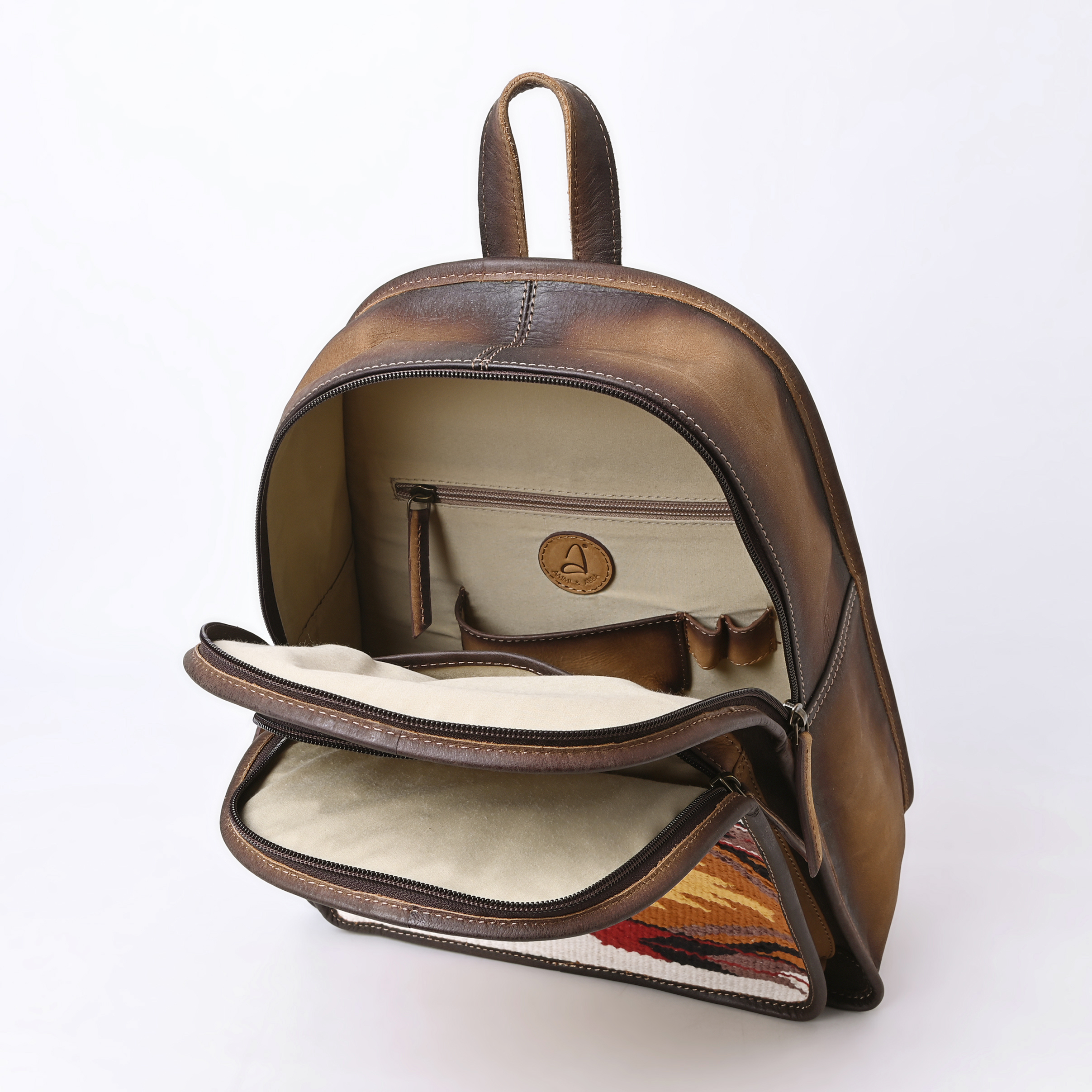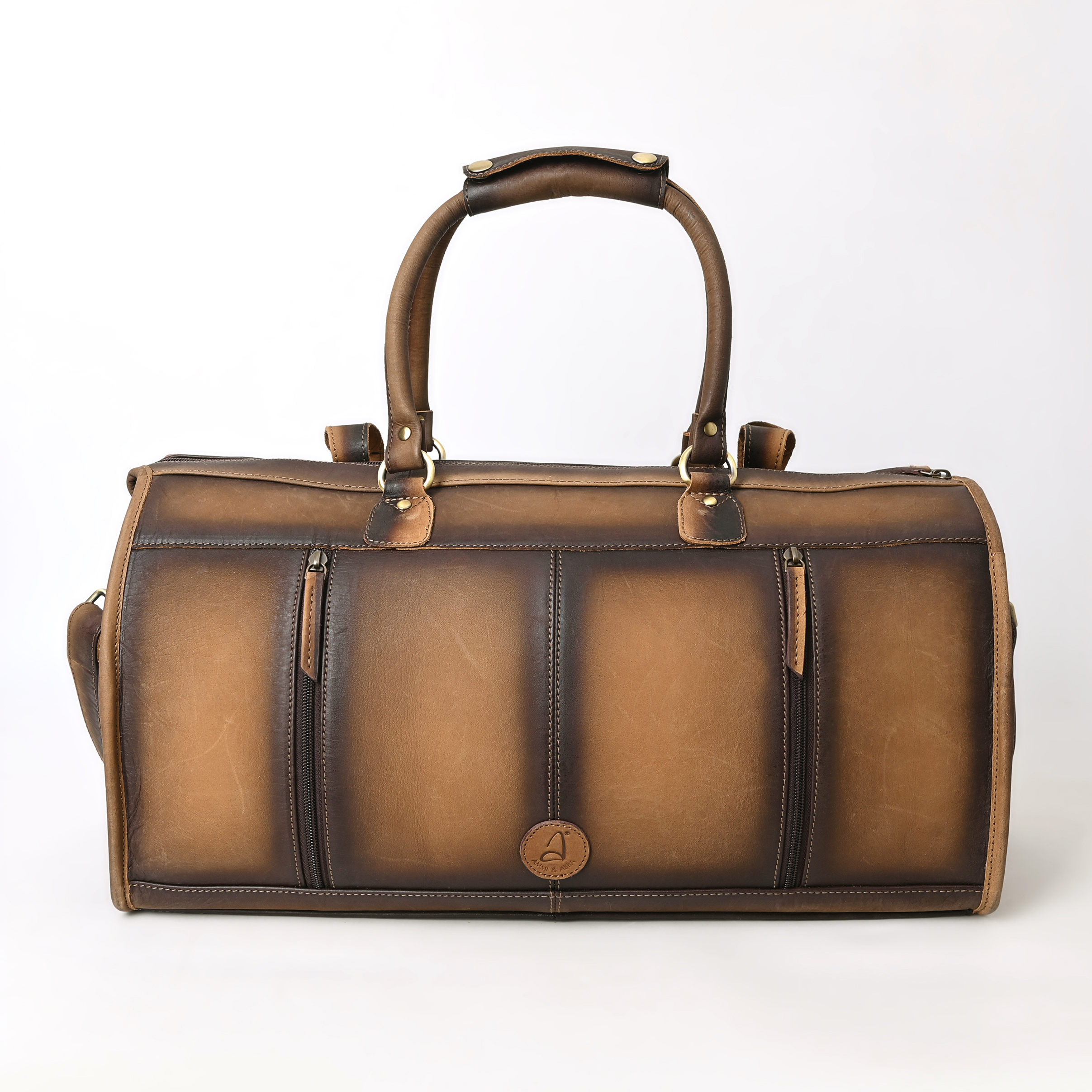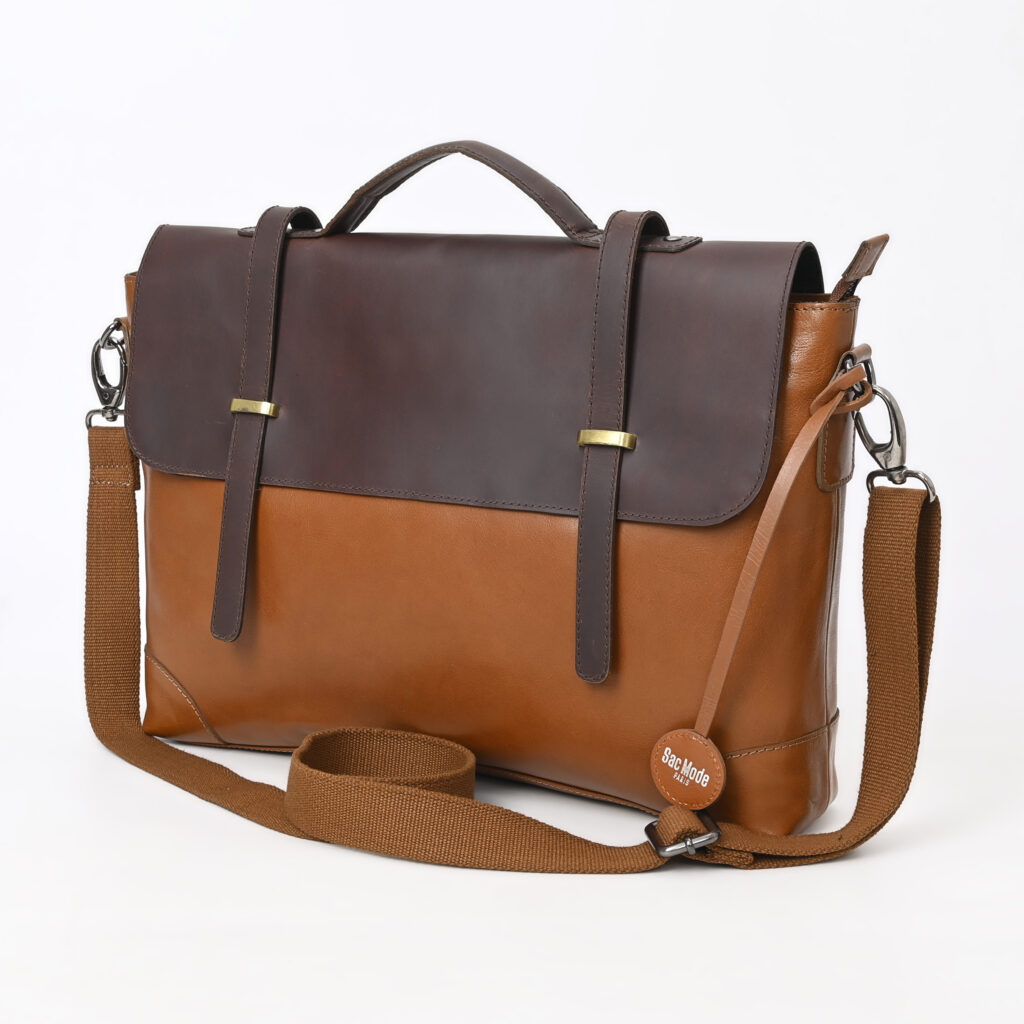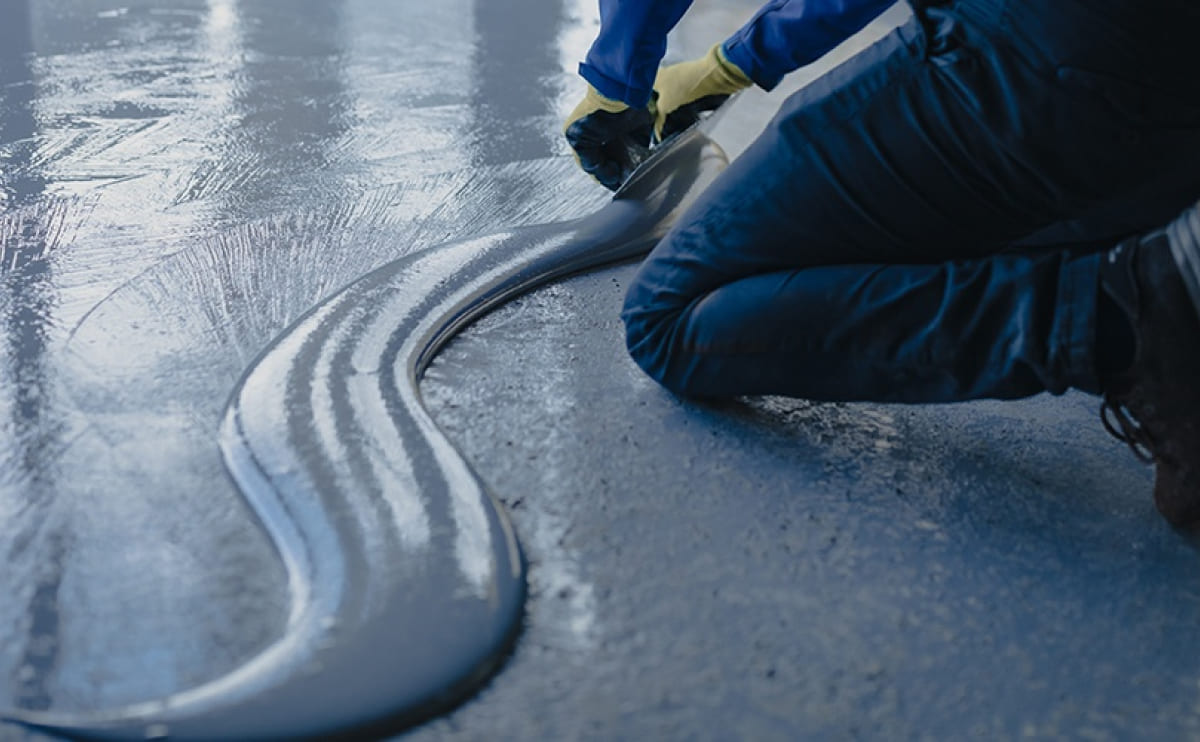How to Care for Your Handcrafted Leather Bag: Tips for Longevity and Style
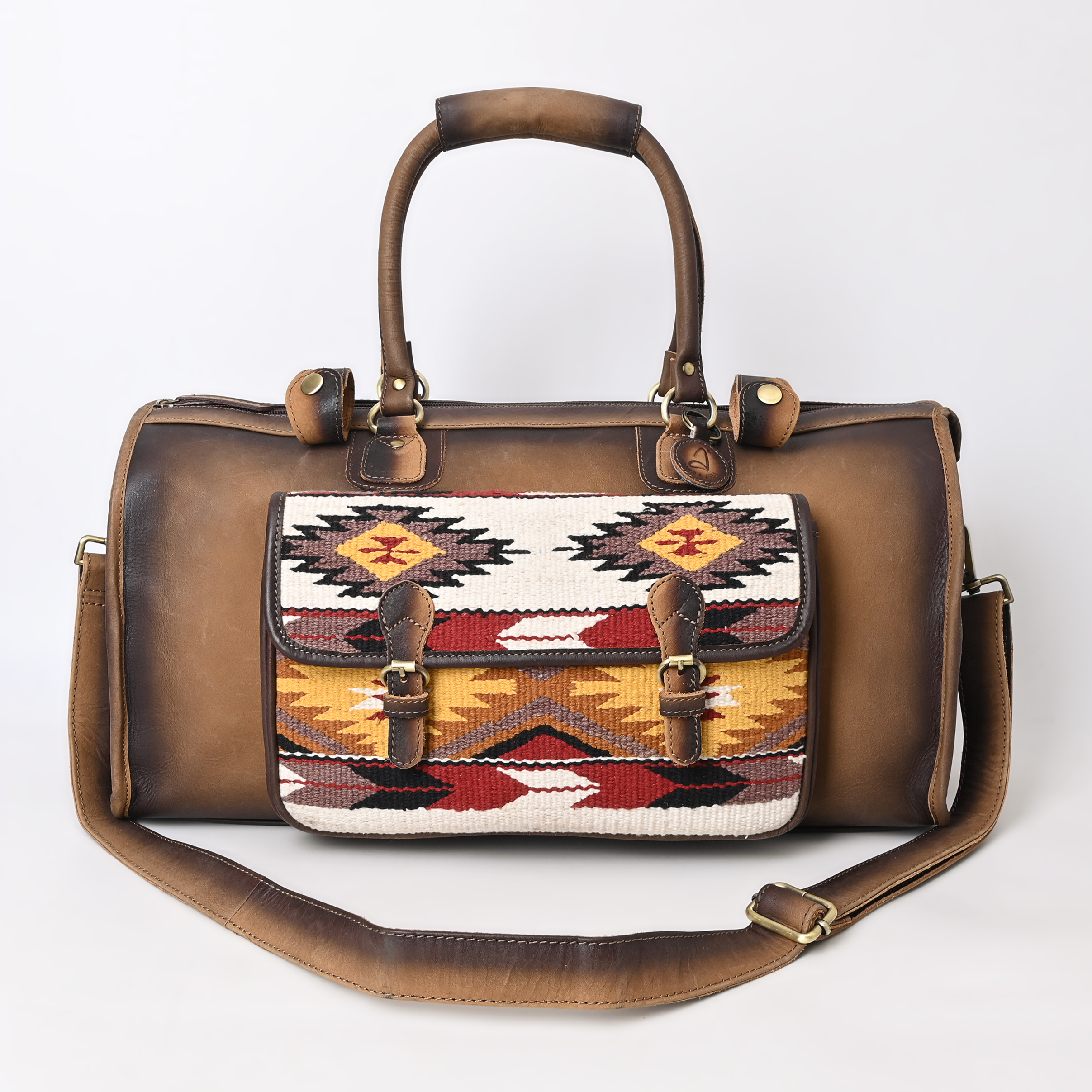
Handcrafted leather bags are not just accessories—they are investments in style and durability. To keep your leather bag looking its best and to extend its life, proper care and maintenance are essential.
Here is an 800-word blog post for your leather bag brand:
How to Care for Your Handcrafted Leather Bag: A Complete Guide to Longevity and Style
Leather bags are timeless accessories that blend fashion with function. Crafted with skill and passion, these bags become more than just carriers—they become treasured companions that tell a story of craftsmanship and style. Investing in a high-quality leather bag means caring for it properly to ensure it remains beautiful, supple, and durable for years to come. This comprehensive guide will walk you through the steps to clean, condition, store, and protect your leather bag so it lasts a lifetime.
Understanding Your Leather Bag
Leather is a natural material that ages gracefully, developing a unique patina as it absorbs oils from your hands and exposure to sunlight. However, it also requires regular maintenance because leather can dry out, crack, or stain if neglected. Different types of leather—such as full-grain, top-grain, or bonded leather—may have varying vulnerabilities, so knowing what type you own helps in selecting the correct care products and techniques.
Regular Cleaning: Removal of Dirt and Dust
The first step in caring for your leather bag is regular cleaning. Dust and dirt accumulate daily, dulling the leather's surface and potentially causing abrasion or discoloration over time.
Use a soft, dry microfiber cloth to gently dust off the surface of your bag every few days.
For deeper cleaning, dampen a cloth with lukewarm water mixed with a small amount of mild soap or specialized leather cleaner. Avoid excessive moisture, which can damage the leather.
Test cleaning solutions on a small, hidden area before applying across the bag to prevent discoloration.
Wipe gently in circular motions, paying attention to stains or grime areas without scrubbing.
Remove soap residues with a clean damp cloth, then allow the bag to air dry naturally—never near direct heat or sunlight which can cause cracking.
Conditioning: Nourishing Your Leather
Leather can lose its natural oils over time, leading to stiffness and cracks. Conditioning restores moisture and suppleness while creating a protective surface finish.
Use a high-quality leather conditioner designed for your bag’s type of leather.
Apply a small amount on a soft cloth and rub it evenly over the surface in circular motions.
Let the conditioner absorb for a few hours or overnight to deeply nourish the material.
Buff with a clean cloth to remove excess product and restore shine.
Avoid over-conditioning as it may clog leather pores or darken the color excessively. Conditioning once every three to six months is ideal, or more frequently if you live in dry climates.
Storage: Maintaining Shape and Preventing Damage
Proper storage is essential to protect your leather bag when not in use.
Stuff your bag with soft tissue paper, cotton fabric, or bubble wrap to maintain its natural shape.
Avoid newspapers or printed paper as ink can transfer to leather.
Store the bag inside a breathable cotton dust bag or pillowcase—not plastic—to prevent mildew buildup.
Keep your bag in a cool, dry place away from direct sunlight and heat sources.
Avoid hanging leather bags by their straps for long periods as this can cause stretching or distortion.
Handling and Protection Tips
Protect your leather bag from water exposure; if it gets wet, blot gently with a soft cloth and allow to air dry naturally.
Avoid contact with oils, perfumes, lotions, and makeup, which can stain or deteriorate the leather.
Rotate bags in your collection to reduce wear and tear on any single one.
Use a leather-protective spray to guard against stains and moisture, but test compatibility first.
For scratches, light surface marks often smooth out with gentle rubbing. Deep scars may require professional repair.
Professional Care: When to Seek Help
Despite your best efforts, some leather issues might need professional attention. Consider taking your bag to skilled leather repair or cleaning specialists if you face:
Significant staining or discoloration
Structural damage such as broken zippers, torn lining, or loose stitching
Heavy buildup of dirt or oils that DIY methods can't remove
Professional dry cleaning and repairs work wonders in restoring leather’s beauty and functionality.
FAQs: Common Leather Bag Care Questions
How often should I clean my leather bag?
Regular wiping every 1-2 weeks is ideal, with deep cleaning every 3-6 months depending on usage.
Can I use household cleaners?
No, avoid harsh chemicals or abrasive cleaners. Use mild soaps or leather-specific products only.
Is conditioning necessary in humid climates?
Yes, as humidity can still dry leather over time; conditioning prevents stiffness.
How do I remove stains like ink or grease?
Consult a professional for tough stains to avoid irreversible damage.
Can I store leather bags in plastic?
No, plastic traps moisture leading to mold and mildew.
Conclusion
Caring for your handcrafted leather bag is an investment in the longevity and look of a truly special accessory. With regular cleaning, conditioning, proper storage, and mindful handling, your leather bag will not only retain but enhance its character with age, offering timeless elegance for years to come. Remember, each bag has a story to tell—make sure yours is one of care and exceptional craftsmanship.
Suggested Image to Google:
Search "artisan leather bag care" or "leather bag cleaning and conditioning tools" to find images showing soft cloths, leather conditioners, and well-maintained bags in natural light.

